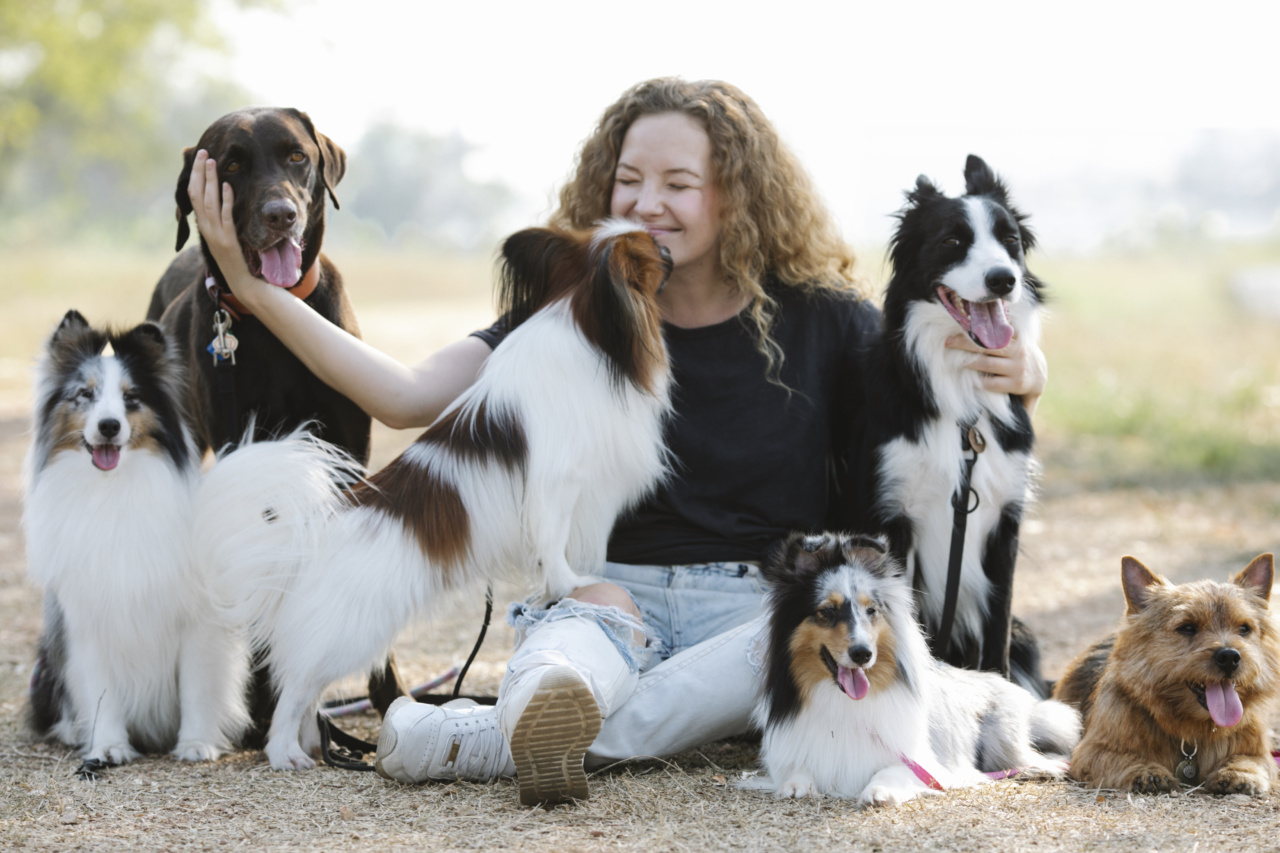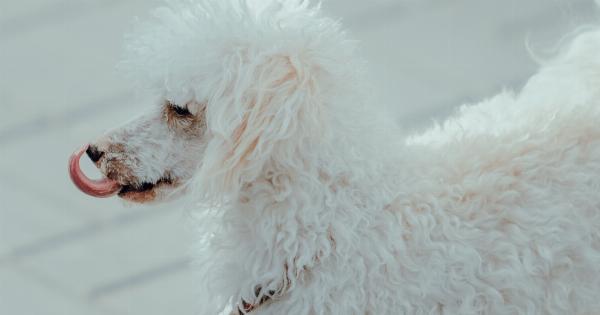As a pet owner, you may have wondered what your dog is trying to communicate when they give you a lick. While it may seem like a simple gesture of affection, there is often more to it than meets the eye.
Dogs use licks as a way to communicate various messages, and understanding what they are trying to convey can help strengthen the bond between you and your furry friend. In this article, we will decode your dog’s licks and discuss what every pet owner needs to know.
The Different Types of Licks
Not all licks are the same, and each one can have a different meaning. Here are some of the different types of licks and their possible interpretations:.
Lick as a Greeting
When your dog licks your face or hands upon greeting you, it is often a sign of affection and a way to establish social bonds. This behavior is common among pack animals, as licking can create a sense of unity and belonging.
Lick as a Request
If your dog licks you persistently, it might be trying to communicate a need or desire. For example, they might be hungry, thirsty, or in need of attention. Pay attention to other signals such as barking or pacing to identify the underlying request.
Lick as Submission
Dogs often lick as a submissive gesture. If your dog licks you while avoiding eye contact or lowering its body posture, it may be a sign of submission and respect.
This behavior is common when dogs interact with dominant individuals or in unfamiliar situations.
Lick as Anxiety or Stress
Similar to humans, dogs may lick themselves excessively or chew on their paws when they are feeling anxious or stressed.
If you notice your dog engaging in these behaviors, it is important to identify the root cause and address any underlying issues that may be causing their anxiety.
Lick as a Sign of Pain
In some cases, dogs may lick certain areas of their body excessively due to underlying pain or discomfort. They may be trying to soothe themselves or draw attention to the area that is causing them pain.
If you notice persistent licking in a specific area, it is crucial to seek veterinary attention to rule out any medical conditions.
Understanding your Dog’s Body Language
While licks can provide valuable information about your dog’s emotions and needs, it is essential to consider their overall body language when interpreting their behavior. Here are some key body language cues to pay attention to:.
Eye Contact
Dogs use eye contact to convey messages. Direct eye contact can be seen as a challenge or a sign of confidence, while avoiding eye contact may indicate submission or fear.
Understanding your dog’s comfort with eye contact can help you better interpret their licks.
Ear Position
The position of your dog’s ears can communicate their emotional state. Ears pulled back against the head may indicate fear or anxiety, while alert and forward-facing ears signify attentiveness or interest.
Observing their ear position alongside licking behavior can provide a more comprehensive understanding.
Body Posture
Pay attention to your dog’s overall body posture. A relaxed and loose body suggests they feel comfortable and content, while a tense body posture might indicate stress or uneasiness.
Combining body posture observations with licking behavior can help you decipher their intentions.
Responding to Your Dog’s Licks
Now that you have a better understanding of the different types of licks and their possible meanings, it is important to know how to respond appropriately to your dog’s behavior. Here are some tips:.
Positive Reinforcement
If your dog gives you a lick as a sign of affection or a greeting, respond with positive reinforcement. Offer them praise, petting, or treats to reinforce their behavior and strengthen the bond between you.
Addressing Requests
If your dog licks persistently to communicate a need, respond accordingly. For example, if they are hungry, provide them with food or water. If they require attention, take some time to interact and play with them.
Meeting their needs promptly will ensure their well-being and happiness.
Understanding Anxiety and Stress
If your dog licks excessively due to anxiety or stress, it is crucial to identify and address the root cause.
Consult with a professional dog trainer or veterinarian to develop a plan that helps alleviate their anxiety and provides them with a sense of security.
Seeking Veterinary Attention
If you notice persistent licking in a specific area that is accompanied by signs of discomfort or pain, seek veterinary attention.
Your dog’s health and well-being should always be a top priority, and a thorough examination can help determine if there are any underlying medical issues.
Conclusion
Decoding your dog’s licks can provide valuable insights into their emotions, needs, and overall well-being.
By understanding the different types of licks and their possible meanings, as well as observing their body language, you can strengthen the bond with your furry friend and ensure their happiness and comfort. Remember to respond appropriately to their licks, providing positive reinforcement and addressing their requests promptly. Ultimately, a deeper understanding of your dog’s licks will enable you to be a better pet owner and companion.






























